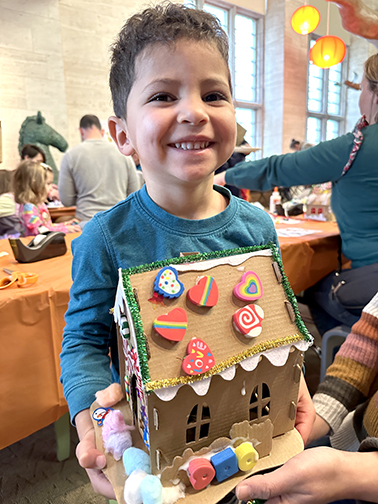 Recently, we coordinated a very special program celebrating the opening of our new exhibit, “Once Upon New Times: Reimagining Children’s Classics.” The exhibit brings fresh takes to old tales in Cotsen’s special collections, and we decided to bring the story of Hansel and Gretel to life with “Gingerbread Architecture,” a creative construction extravaganza!
Recently, we coordinated a very special program celebrating the opening of our new exhibit, “Once Upon New Times: Reimagining Children’s Classics.” The exhibit brings fresh takes to old tales in Cotsen’s special collections, and we decided to bring the story of Hansel and Gretel to life with “Gingerbread Architecture,” a creative construction extravaganza!
At community family events, we try to offer activities for all ages, so for the youngest set we had a gingerbread neighborhood (the cardboard houses are from Target, you can find them in the art section this holiday season):
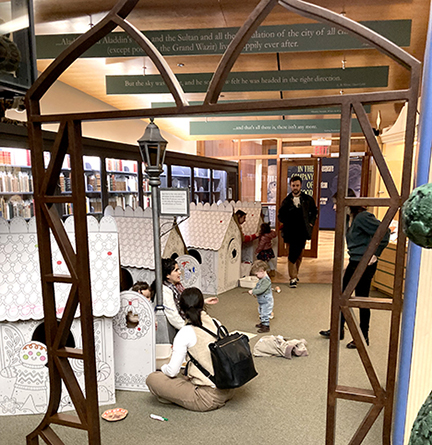 All four houses included plenty of markers for decorating, a task many artists took very seriously, spending at least an hour concentrating mightily…
All four houses included plenty of markers for decorating, a task many artists took very seriously, spending at least an hour concentrating mightily…
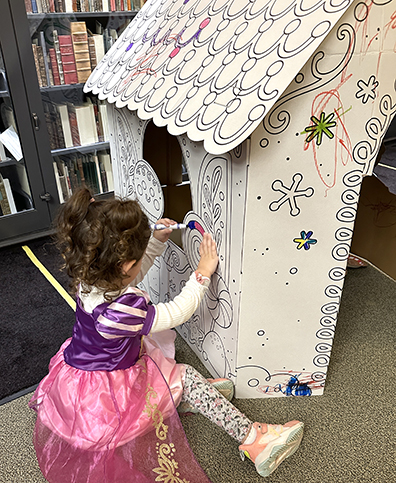 Inside the houses were cute paper gingerbread plates and cups (set of 24 pieces for $15 on Amazon), as well as a couple plastic cookie sets (65 piece set $15 on Amazon):
Inside the houses were cute paper gingerbread plates and cups (set of 24 pieces for $15 on Amazon), as well as a couple plastic cookie sets (65 piece set $15 on Amazon):
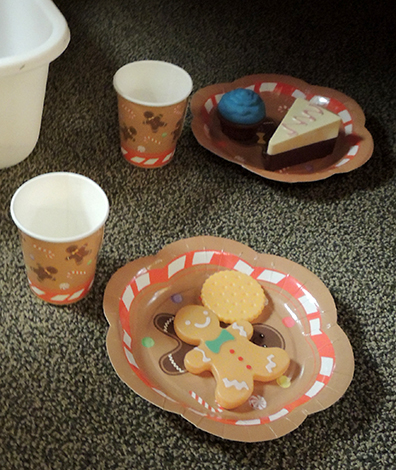 Elsewhere in the gallery was a mini exhibit on “Gingerbread Geography.” We pinpointed different locations on a world map that highlighted the origin of various ingredients, some fun facts (example: Shakespeare mentioned gingerbread in Love’s Labour’s Lost!), and a take-home copy of Mary Ball Washington’s 1784 recipe – yes, the President’s mom was a gingerbread enthusiast!
Elsewhere in the gallery was a mini exhibit on “Gingerbread Geography.” We pinpointed different locations on a world map that highlighted the origin of various ingredients, some fun facts (example: Shakespeare mentioned gingerbread in Love’s Labour’s Lost!), and a take-home copy of Mary Ball Washington’s 1784 recipe – yes, the President’s mom was a gingerbread enthusiast!
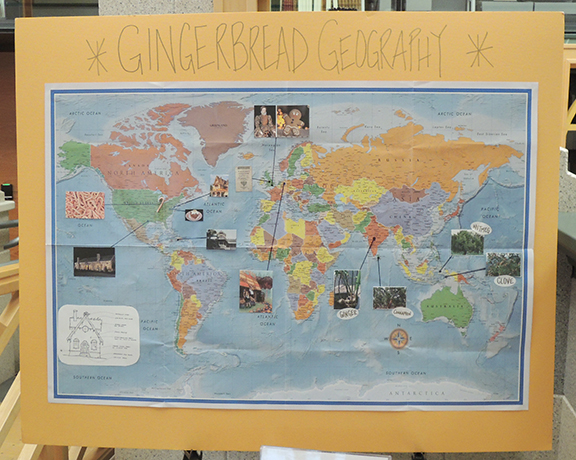
Nearby the map was a “Meet the Spices!” station where kids could see actual ginger root, nutmeg, cloves, and cinnamon sticks.
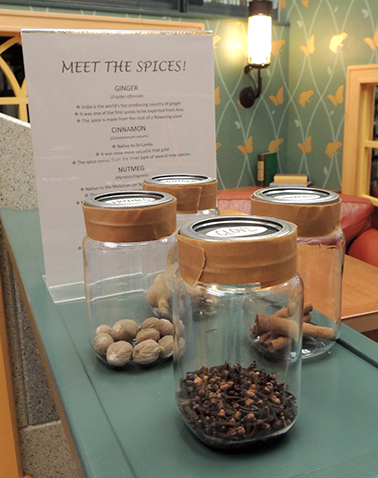
Our final display was a gallery of various gingerbread kits – from DUPLO to paper punch outs. The goal was to inspire the builders with different variations of houses.
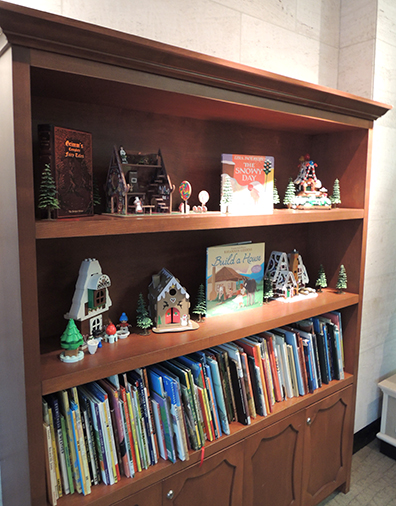
Finally…the main event! Decorating! Out of respect to visitors with food allergies (and future dental bills) our houses were made exclusively with art supplies. We purchased several varieties of gingerbread houses for different age ranges. Here are the more sophisticated templates, which we acquired from Amazon (32 houses for $95 on Amazon. which came to about $3 a house) :
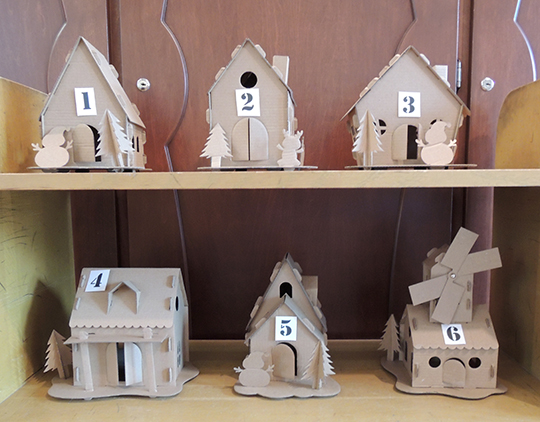 Since the sets arrived with a tiny photo label and no instructions, we built one of each to display. Kids picked the one they wanted, and we handed them the set to build from scratch! For those who wanted a more basic build, we offered three options, also purchased from Amazon (left house was 15 for $12; middle house was 50 for $12; right house was 50 for $25):
Since the sets arrived with a tiny photo label and no instructions, we built one of each to display. Kids picked the one they wanted, and we handed them the set to build from scratch! For those who wanted a more basic build, we offered three options, also purchased from Amazon (left house was 15 for $12; middle house was 50 for $12; right house was 50 for $25):
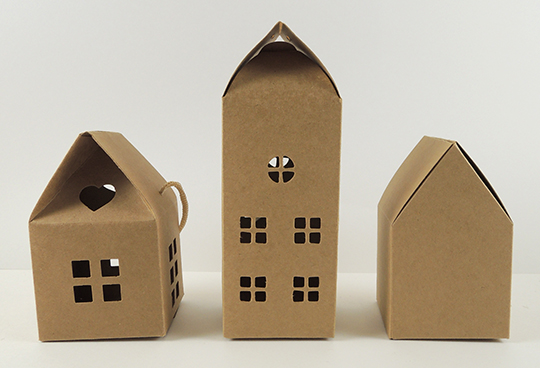 Once the house was assembled, families headed to our craft section to load up on decorations! We offered white self-adhesive foam sheets, tons of candy stickers, mini pom-poms, cotton balls in various colors, heart erasers, sparkle stems, striped straws, plastic peppermints, ric rac ribbon, foam beads, and mini plastic candy canes.
Once the house was assembled, families headed to our craft section to load up on decorations! We offered white self-adhesive foam sheets, tons of candy stickers, mini pom-poms, cotton balls in various colors, heart erasers, sparkle stems, striped straws, plastic peppermints, ric rac ribbon, foam beads, and mini plastic candy canes.
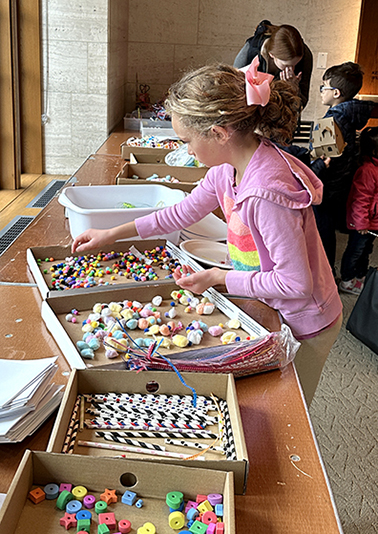 The workshop area was stocked with scissors, markers, tape, and glue, but we also had a hot glue station running for trickier pieces. The results were full of variety and creativity, as you can see from the gallery below!
The workshop area was stocked with scissors, markers, tape, and glue, but we also had a hot glue station running for trickier pieces. The results were full of variety and creativity, as you can see from the gallery below!
This slideshow requires JavaScript.
As always, Katie and I wore something to identify us as staff on the event floor. This time, it was these awesome “Gingerbread Running Team: You Can’t Catch Me” t-shirts.
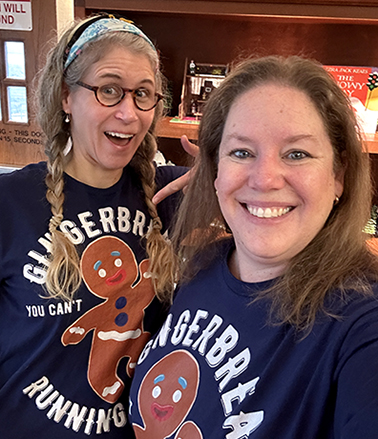 What’s really cool is that the shirts are a literary nod to “The Gingerbread Man,” which was originally printed as “The Gin-Ger-Bread Boy” in St. Nicholas Magazine in 1875. And yes, we did have a copy in our special collections, so here’s the original printing!
What’s really cool is that the shirts are a literary nod to “The Gingerbread Man,” which was originally printed as “The Gin-Ger-Bread Boy” in St. Nicholas Magazine in 1875. And yes, we did have a copy in our special collections, so here’s the original printing!
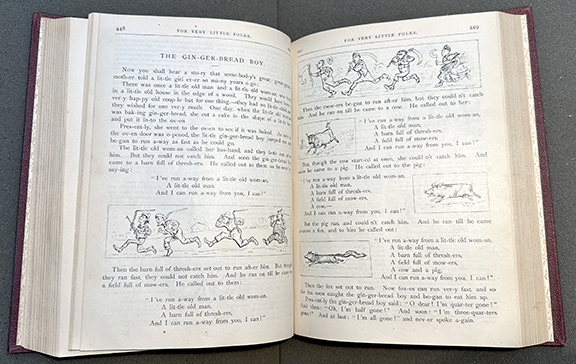
St. Nicholas : an illustrated magazine for young folks. Conducted by Mary Mapes Dodge. Volume II Nov 1874-Nov 1875 (New York : Scribner & Co.). Cotsen Children’s Library, Department of Special Collections, Princeton University Library
This was a big event so we’d like to extend our extreme gratitude to Princeton University students Anna, Cathleen and Shruti for volunteering their time for the build! Thank you!
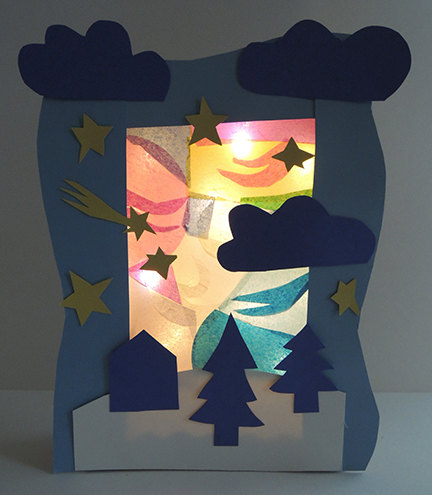 It’s a simple project, but oh-so-beautiful! Design your own aurora borealis in Arctic skies, then light it up for a creative and colorful glow box!
It’s a simple project, but oh-so-beautiful! Design your own aurora borealis in Arctic skies, then light it up for a creative and colorful glow box!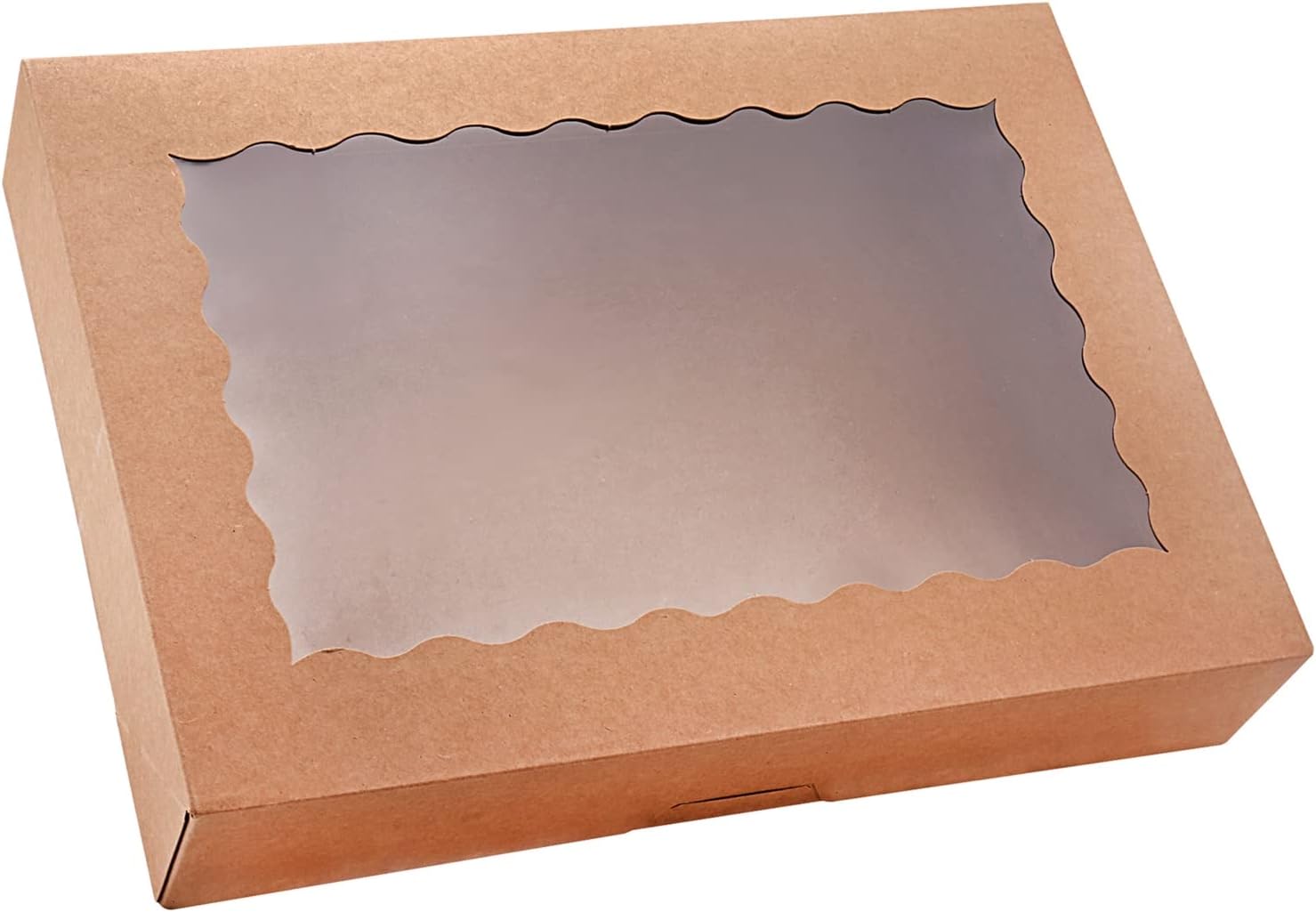 Now for the aurora borealis! Open the box and glue tissue paper snippets on the interior side of the window. We found glue sticks to be the best way to adhere things, because you can clearly see the glue going on and it dries clear! When the sky is finished, tape a string of LED mini lights to the back of the box like so:
Now for the aurora borealis! Open the box and glue tissue paper snippets on the interior side of the window. We found glue sticks to be the best way to adhere things, because you can clearly see the glue going on and it dries clear! When the sky is finished, tape a string of LED mini lights to the back of the box like so: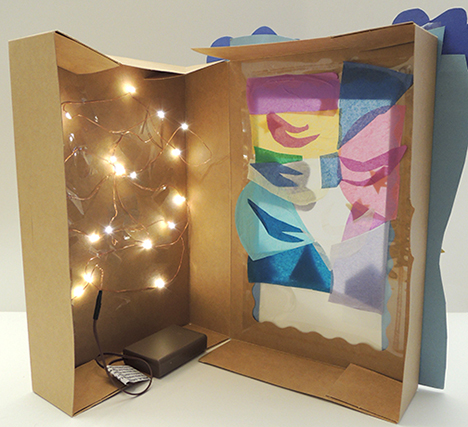 Close the box and use poster board to create a landscape on the front of the box. We used cool Arctic colors: light blue, dark blue, yellow and white. The boxes turned out great…especially this one with a FLYING UNICORN!!!
Close the box and use poster board to create a landscape on the front of the box. We used cool Arctic colors: light blue, dark blue, yellow and white. The boxes turned out great…especially this one with a FLYING UNICORN!!!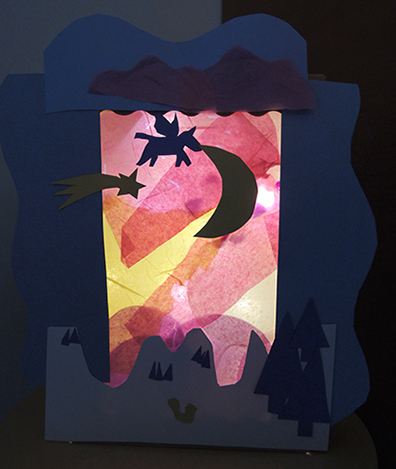

 Recently, we coordinated a very special program celebrating the opening of our
Recently, we coordinated a very special program celebrating the opening of our  All four houses included plenty of markers for decorating, a task many artists took very seriously, spending at least an hour concentrating mightily…
All four houses included plenty of markers for decorating, a task many artists took very seriously, spending at least an hour concentrating mightily… Inside the houses were cute paper gingerbread plates and cups (set of 24 pieces for $15 on Amazon), as well as a couple plastic cookie sets (65 piece set $15 on Amazon):
Inside the houses were cute paper gingerbread plates and cups (set of 24 pieces for $15 on Amazon), as well as a couple plastic cookie sets (65 piece set $15 on Amazon): Elsewhere in the gallery was a mini exhibit on “Gingerbread Geography.” We pinpointed different locations on a world map that highlighted the origin of various ingredients, some fun facts (example: Shakespeare mentioned gingerbread in Love’s Labour’s Lost!), and a take-home copy of Mary Ball Washington’s
Elsewhere in the gallery was a mini exhibit on “Gingerbread Geography.” We pinpointed different locations on a world map that highlighted the origin of various ingredients, some fun facts (example: Shakespeare mentioned gingerbread in Love’s Labour’s Lost!), and a take-home copy of Mary Ball Washington’s 


 Since the sets arrived with a tiny photo label and no instructions, we built one of each to display. Kids picked the one they wanted, and we handed them the set to build from scratch! For those who wanted a more basic build, we offered three options, also purchased from Amazon (left house was 15 for $12; middle house was 50 for $12; right house was 50 for $25):
Since the sets arrived with a tiny photo label and no instructions, we built one of each to display. Kids picked the one they wanted, and we handed them the set to build from scratch! For those who wanted a more basic build, we offered three options, also purchased from Amazon (left house was 15 for $12; middle house was 50 for $12; right house was 50 for $25): Once the house was assembled, families headed to our craft section to load up on decorations! We offered white self-adhesive foam sheets, tons of candy stickers, mini pom-poms, cotton balls in various colors, heart erasers, sparkle stems, striped straws, plastic peppermints, ric rac ribbon, foam beads, and mini plastic candy canes.
Once the house was assembled, families headed to our craft section to load up on decorations! We offered white self-adhesive foam sheets, tons of candy stickers, mini pom-poms, cotton balls in various colors, heart erasers, sparkle stems, striped straws, plastic peppermints, ric rac ribbon, foam beads, and mini plastic candy canes. The workshop area was stocked with scissors, markers, tape, and glue, but we also had a hot glue station running for trickier pieces. The results were full of variety and creativity, as you can see from the gallery below!
The workshop area was stocked with scissors, markers, tape, and glue, but we also had a hot glue station running for trickier pieces. The results were full of variety and creativity, as you can see from the gallery below! What’s really cool is that the shirts are a literary nod to “The Gingerbread Man,” which was originally printed as “The Gin-Ger-Bread Boy” in St. Nicholas Magazine in 1875. And yes, we did have a copy in our
What’s really cool is that the shirts are a literary nod to “The Gingerbread Man,” which was originally printed as “The Gin-Ger-Bread Boy” in St. Nicholas Magazine in 1875. And yes, we did have a copy in our 
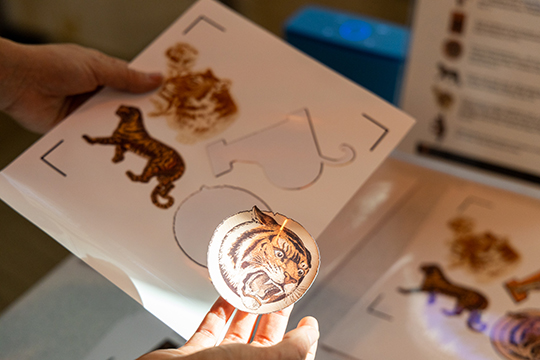
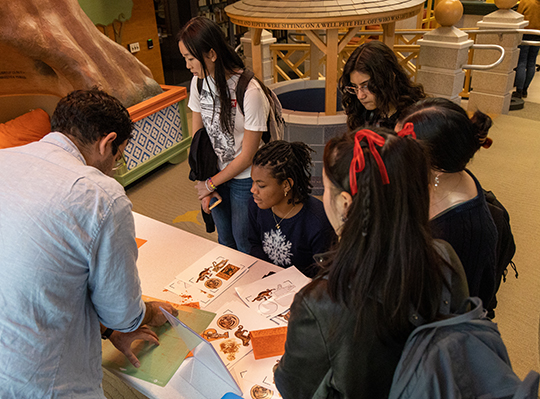 The event was a collaboration with our colleagues at the Princeton University Library’s
The event was a collaboration with our colleagues at the Princeton University Library’s 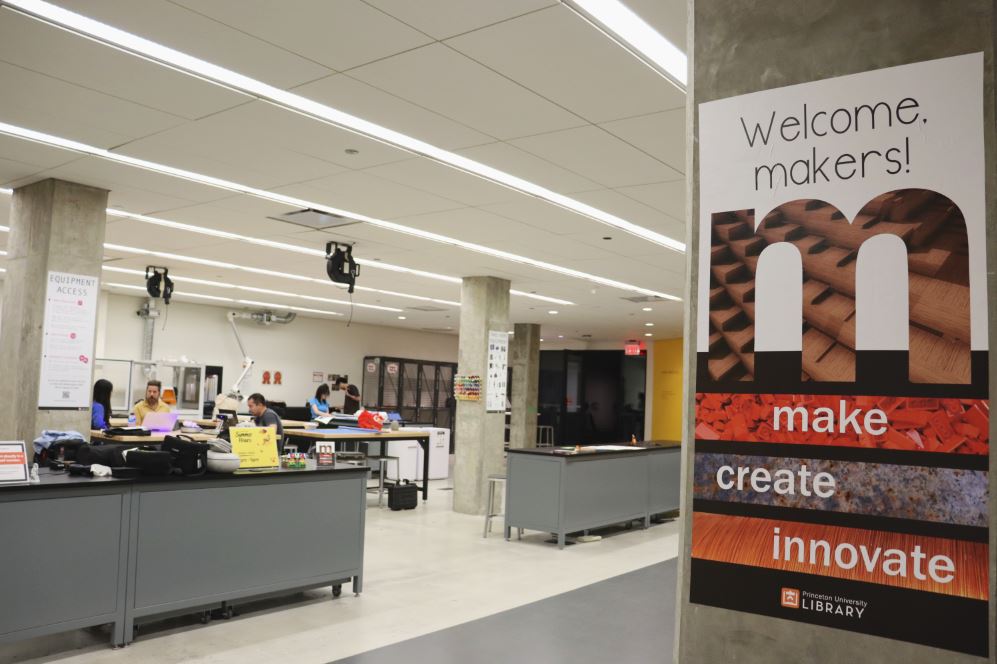 Makerspace Specialist Ariel Ackerly made our gallery the first stop on her innovative “Mobile Makerspace” initiative, bringing a 3D scanner, custom stickers, button makers, and a Cricut machine to the Cotsen Library. She’s planning to visit other destinations on campus too!
Makerspace Specialist Ariel Ackerly made our gallery the first stop on her innovative “Mobile Makerspace” initiative, bringing a 3D scanner, custom stickers, button makers, and a Cricut machine to the Cotsen Library. She’s planning to visit other destinations on campus too!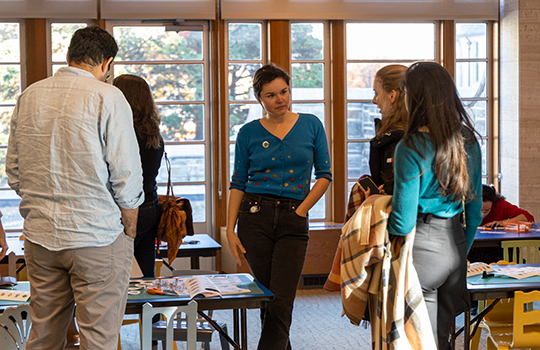 There were two sets of images available for stickers and buttons. The first were Pokemon-esque folk tale creatures from a 2016 Cotsen event. Drawn by student
There were two sets of images available for stickers and buttons. The first were Pokemon-esque folk tale creatures from a 2016 Cotsen event. Drawn by student  The second set of illustrations were from the
The second set of illustrations were from the 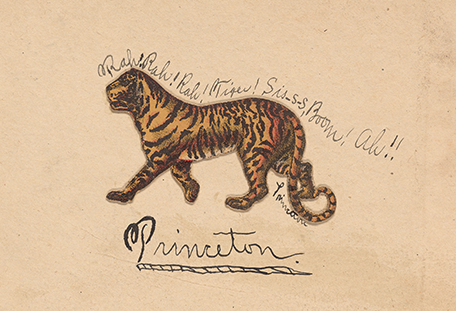
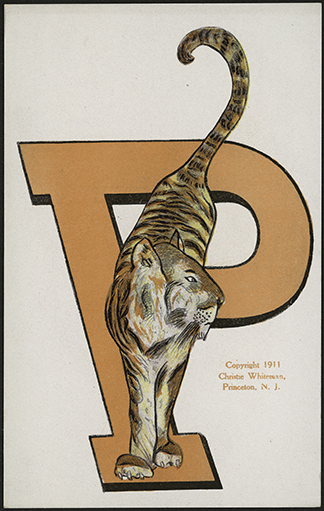
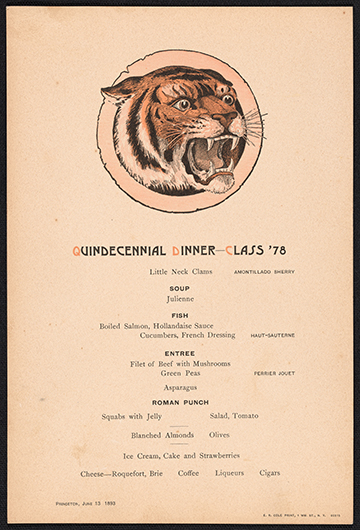
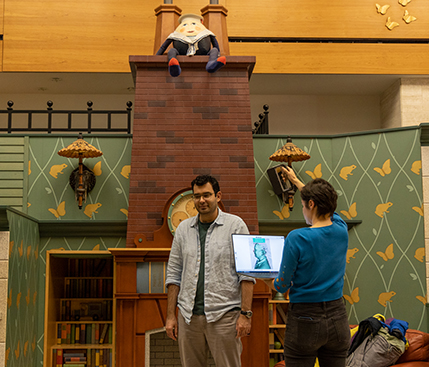
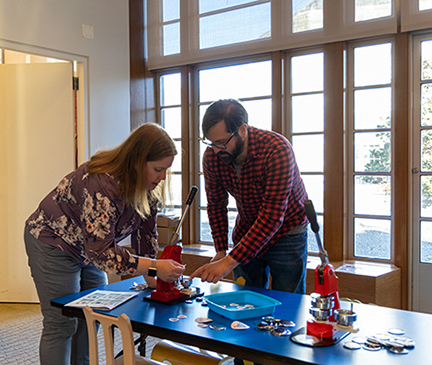
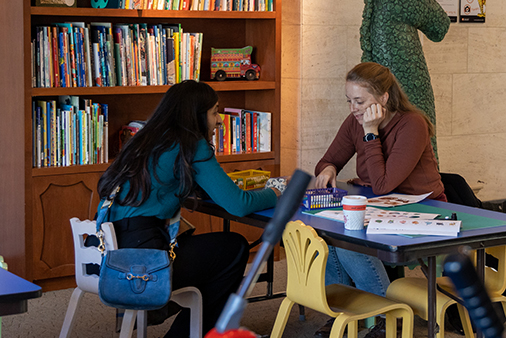 Many thanks to Ariel Ackerly for making this event happen! A big shout out to April C. Armstrong at Mudd Library for the historic Princeton University tigers, and to Brianna Garden for digitizing them. Additional thanks to Brandon Johnson, Office of Library Communications, for the event images!
Many thanks to Ariel Ackerly for making this event happen! A big shout out to April C. Armstrong at Mudd Library for the historic Princeton University tigers, and to Brianna Garden for digitizing them. Additional thanks to Brandon Johnson, Office of Library Communications, for the event images!